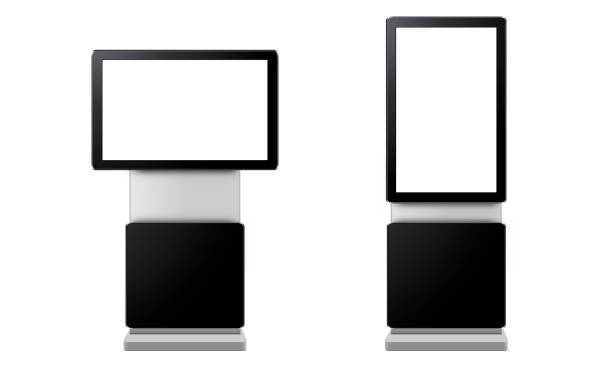Touchscreen technology, once a futuristic concept, has evolved into an integral part of our daily lives. From early resistive touchscreens to today’s advanced multi-touch displays, the journey of touchscreen technology is a compelling narrative of innovation and adaptation. This article delves into the milestones of this evolution, highlighting significant advancements and their impact on various industries.
The Early Days of Touchscreen Technology

Touchscreen technology began making its mark in the late 1960s. It was first developed by E.A. Johnson for air traffic control. These initial systems were single-touch, resistive touchscreens that relied on pressure to register input. They were not very user-friendly and had limited applications. However, they laid the groundwork for future innovations, establishing the basic principles of touchscreen interaction. Over time, as electronic components and materials improved, so did the usability and reliability of these early touchscreen devices.
Introduction of Capacitive Touch Technology
The next major breakthrough came in the 1970s with the introduction of capacitive touch technology. Unlike resistive touchscreens, which relied on pressure, capacitive touchscreens detect changes in electrical charges when a finger comes in contact with the screen. This innovation led to more responsive and user-friendly interfaces. Capacitive screens quickly became popular in the commercial sector, particularly in point-of-sale systems and industrial controls. Their improved sensitivity and durability opened new possibilities for interactive technology.
The Emergence of Multi-Touch Displays
One of the most transformative advancements in touchscreen technology was the development of multi-touch capabilities. In the early 2000s, research teams, including Apple and Microsoft, introduced screens that could detect multiple touch points simultaneously. This innovation allowed for more complex gestures, such as pinch-to-zoom and multi-finger swipes, revolutionizing user interaction. Multi-touch technology became a cornerstone of modern smartphones, tablets, and touch-based interfaces, significantly enhancing the user experience.
Touchscreen Technology in Consumer Electronics
The incorporation of touchscreens in consumer electronics has seen widespread acceptance and rapid development. From smartphones and tablets to smartwatches and home appliances, touchscreens have become ubiquitous. This widespread adoption can be attributed to several factors:
- Intuitive User Interfaces: Touchscreens provide a more direct and natural way of interacting with devices.
- Versatility: They are used in a diverse range of products, catering to various functionalities and user needs.
- Enhanced Aesthetics: Touchscreens offer sleek, minimalist designs that appeal to modern consumers.
These factors have solidified touchscreens as a standard feature in contemporary electronics.
The Future of Touchscreen Technology
As we look ahead, the future of touchscreen technology promises even more exciting advancements. Innovations in haptic feedback are already enhancing the tactile experience of touchscreens, providing users with a sense of texture and resistance. Furthermore, advancements in flexible and foldable screens are creating new possibilities for device design and functionality. Developers are also exploring touchscreens with integrated artificial intelligence, enabling more personalized and intuitive interactions. The continued evolution of touchscreen technology will undoubtedly shape the next generation of digital interfaces.
Conclusion
The evolution of touchscreen technology from simple resistive screens to sophisticated multi-touch displays reflects the relentless pursuit of innovation in human-computer interaction. With each advancement, touchscreens have become more responsive, versatile, and integral to our daily lives. As technology continues to evolve, touchscreens will likely play a pivotal role in shaping future digital experiences, offering new levels of interactivity and convenience.
FAQ
1. What was the first application of touchscreen technology?
The first application of touchscreen technology was developed by E.A. Johnson for air traffic control systems in the late 1960s.
2. How do capacitive touchscreens work?
Capacitive touchscreens detect changes in electrical charges when a finger comes in contact with the screen, allowing for more responsive and sensitive input compared to resistive touchscreens.
3. What are the main advantages of multi-touch technology?
Multi-touch technology allows for more complex gestures, such as pinch-to-zoom and multi-finger swipes, enhancing the user experience and enabling more interactive applications.
4. Why are touchscreens popular in consumer electronics?
Touchscreens are popular in consumer electronics due to their intuitive user interfaces, versatility in various applications, and sleek, minimalist designs that appeal to modern consumers.
5. What future advancements can we expect in touchscreen technology?
Future advancements in touchscreen technology may include enhanced haptic feedback, flexible and foldable screens, and the integration of artificial intelligence for more personalized and intuitive interactions.





